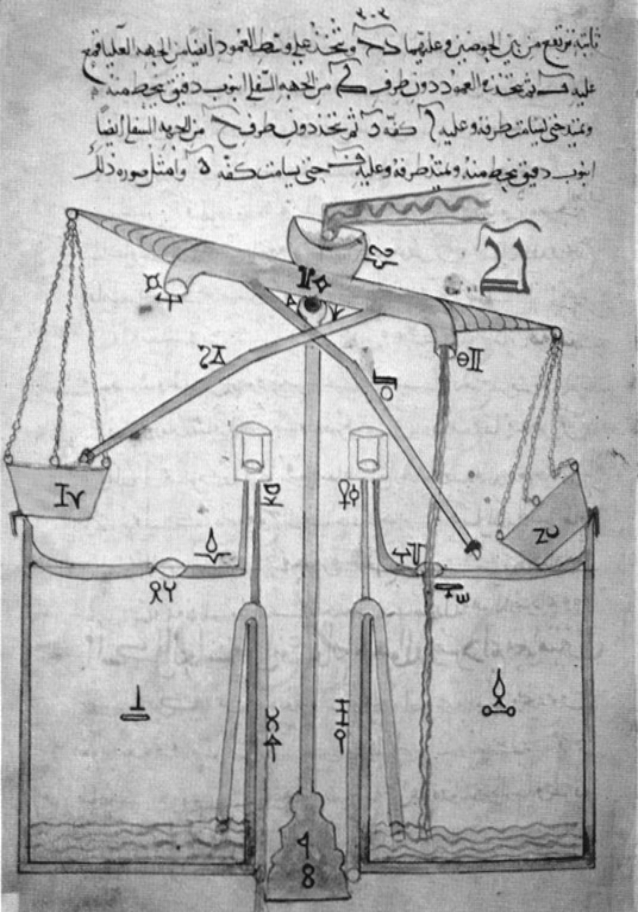Frayne James F - Mechanics (The Basics)
Here you can read online Frayne James F - Mechanics (The Basics) full text of the book (entire story) in english for free. Download pdf and epub, get meaning, cover and reviews about this ebook. year: 2021, genre: Children. Description of the work, (preface) as well as reviews are available. Best literature library LitArk.com created for fans of good reading and offers a wide selection of genres:
Romance novel
Science fiction
Adventure
Detective
Science
History
Home and family
Prose
Art
Politics
Computer
Non-fiction
Religion
Business
Children
Humor
Choose a favorite category and find really read worthwhile books. Enjoy immersion in the world of imagination, feel the emotions of the characters or learn something new for yourself, make an fascinating discovery.

- Book:Mechanics (The Basics)
- Author:
- Genre:
- Year:2021
- Rating:3 / 5
- Favourites:Add to favourites
- Your mark:
- 60
- 1
- 2
- 3
- 4
- 5
Mechanics (The Basics): summary, description and annotation
We offer to read an annotation, description, summary or preface (depends on what the author of the book "Mechanics (The Basics)" wrote himself). If you haven't found the necessary information about the book — write in the comments, we will try to find it.
Mechanics (The Basics) — read online for free the complete book (whole text) full work
Below is the text of the book, divided by pages. System saving the place of the last page read, allows you to conveniently read the book "Mechanics (The Basics)" online for free, without having to search again every time where you left off. Put a bookmark, and you can go to the page where you finished reading at any time.
Font size:
Interval:
Bookmark:



 The relationship between mathematics and physics has been a subject of study of philosophers, mathematicians and physicists since Antiquity, and more recently also by historians and educators.
The relationship between mathematics and physics has been a subject of study of philosophers, mathematicians and physicists since Antiquity, and more recently also by historians and educators.
 During the early modern period , scholars such as Galileo , Kepler , Newton and the 12 th century Jewish-Arab scholar Bad az-Zaman Abu l-Izz ibn Isml ibn ar-Razz al-Jazar (al-Jazari for short! ) laid the foundations for what is now known as classical mechanics , that branch of physics , along with applied mathematics, that deals with particles that are either at rest or are moving with velocities significantly less than the speed of light.
During the early modern period , scholars such as Galileo , Kepler , Newton and the 12 th century Jewish-Arab scholar Bad az-Zaman Abu l-Izz ibn Isml ibn ar-Razz al-Jazar (al-Jazari for short! ) laid the foundations for what is now known as classical mechanics , that branch of physics , along with applied mathematics, that deals with particles that are either at rest or are moving with velocities significantly less than the speed of light.
 In both mathematics and physics , a brachistochrone curve (from Ancient Greek 'shortest time'), or curve of fastest descent, is the one lying on the plane between a point O and a lower point B , where B is not directly below O , on which a bead slides frictionlessly under the influence of a uniform gravitational field to a given end point in the shortest time.
In both mathematics and physics , a brachistochrone curve (from Ancient Greek 'shortest time'), or curve of fastest descent, is the one lying on the plane between a point O and a lower point B , where B is not directly below O , on which a bead slides frictionlessly under the influence of a uniform gravitational field to a given end point in the shortest time. An amazing fact about this curve is that no matter where the ball is released on the cycloid, it will take the same amount of time to reach point B. Some curves such as this one are more conveniently described using two equations rather than one. To work with such equations, called parametric equations , it is also convenient to use vectors.
An amazing fact about this curve is that no matter where the ball is released on the cycloid, it will take the same amount of time to reach point B. Some curves such as this one are more conveniently described using two equations rather than one. To work with such equations, called parametric equations , it is also convenient to use vectors.Font size:
Interval:
Bookmark:
Similar books «Mechanics (The Basics)»
Look at similar books to Mechanics (The Basics). We have selected literature similar in name and meaning in the hope of providing readers with more options to find new, interesting, not yet read works.
Discussion, reviews of the book Mechanics (The Basics) and just readers' own opinions. Leave your comments, write what you think about the work, its meaning or the main characters. Specify what exactly you liked and what you didn't like, and why you think so.








